
Moulding and Casting
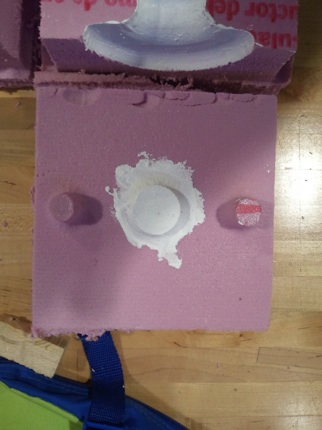
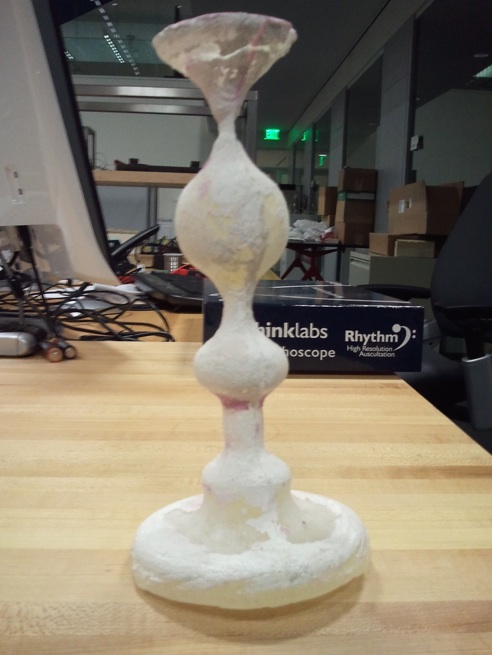
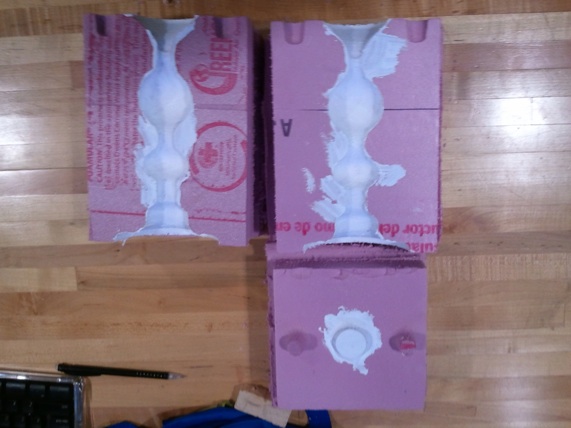

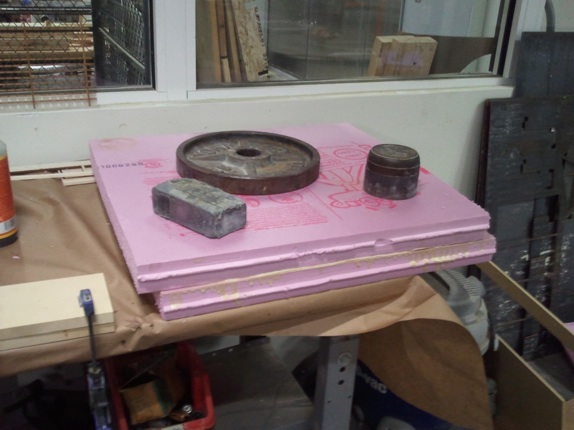
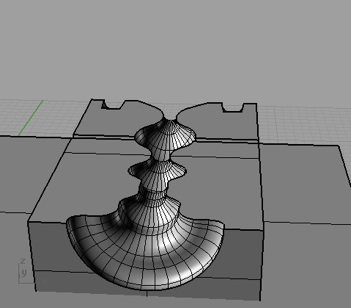
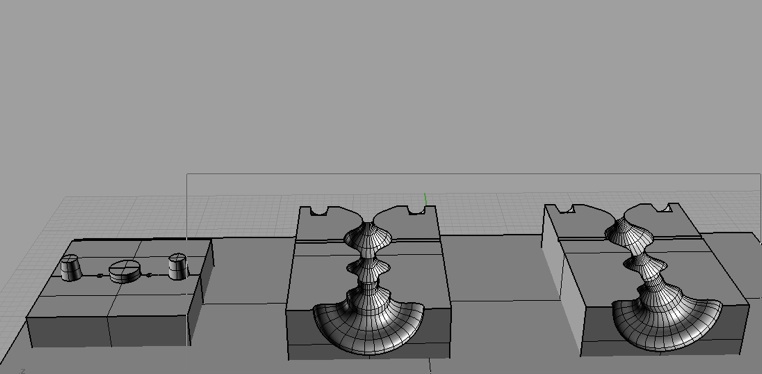
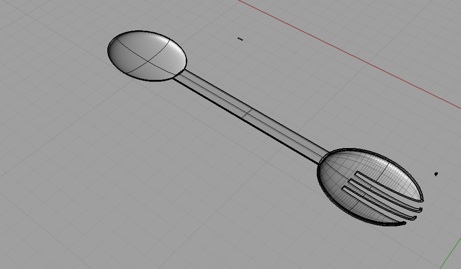
What Should I Make ?.......
Deciding what to make was half of the work. My Initial Thought was to make a rubber latex case for my cell phone. But I quickly abandoned that idea due to the multiple moulds I would need to implement in order to create the control holes. These were to be very very exact for the case to function correctly (microphone, speaker, camera, usb, etc).
My second concept was to design a Spork - which is a Spoon and Fork in one. I spent several hours designing this - (result can be seen on the right). Alas, I found out that I could not use any wax to mold my design due to multiple culprits stealing the supply (you know who you are !).
Because I wanted my Spork to very smooth, I could not use the foam which was full of holes and had a rugged surface.
My Spork joined the rubber latex phone case in the graveyard of unimplemented “cool” projects.


2nd Try - The “Ghostly” Candlestick
After abandoning my initial concept, I decided to design a candlestick. and implemented my design in Rhino. The candle stick required a 3 piece mould. The bottom mould would be used to create an imprint for the candle to rest in.
Foam not thick enough - Enter Gorilla Glue
The foam in the shop was not thik enough for my candlestick so I had to glue 2 pieces together. I used Gorilla Glue and a large amount of weights to pressure it while it was drying. I hope It would dry within a few hours.
After 3 hours I saw that the glue was still damp, so I added screws in order to keep the foam pieces from detaching during the milling process.



